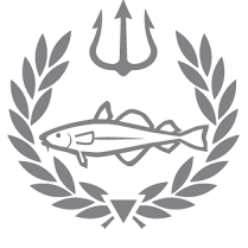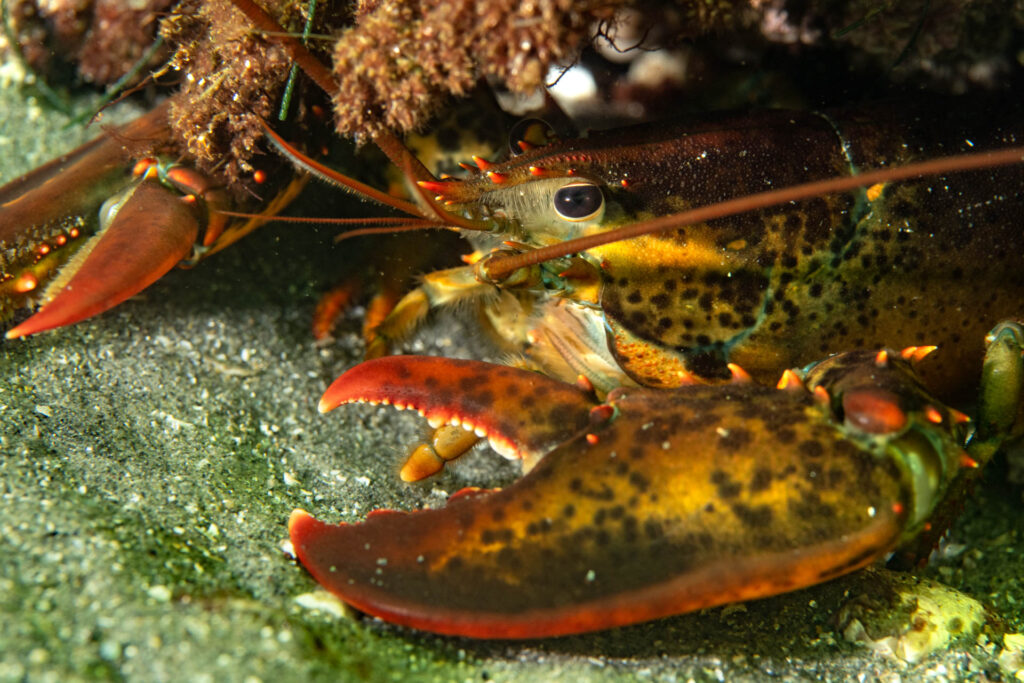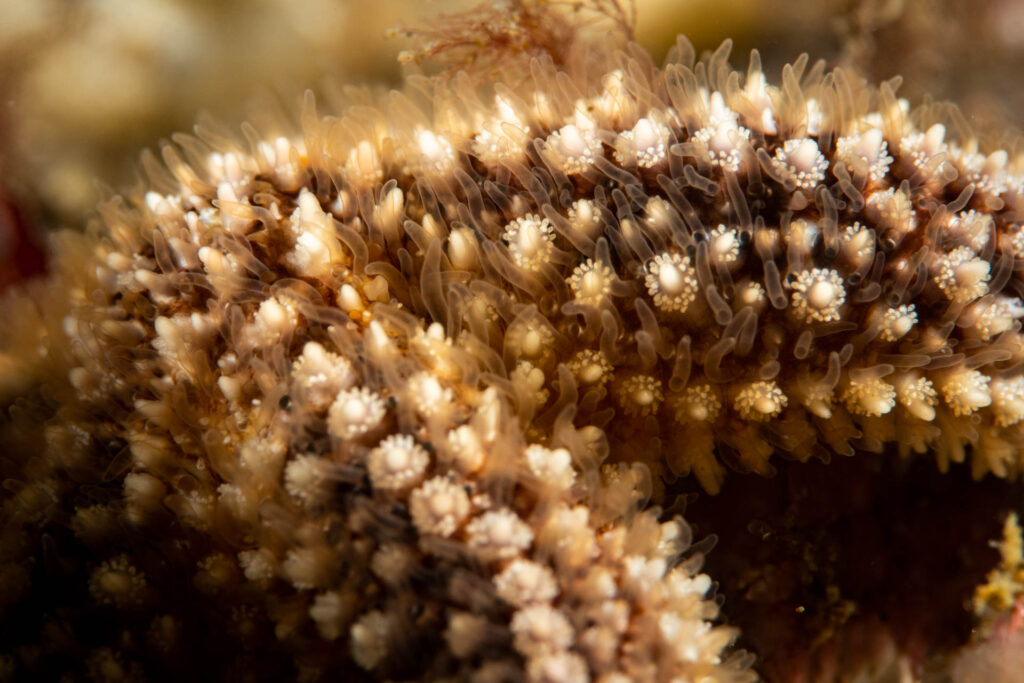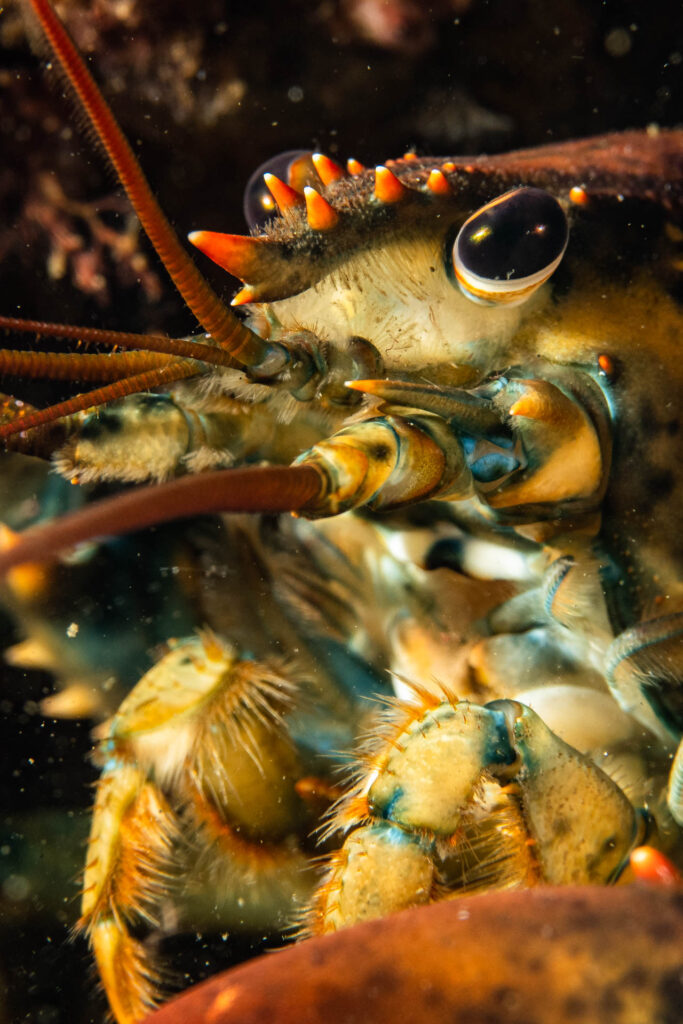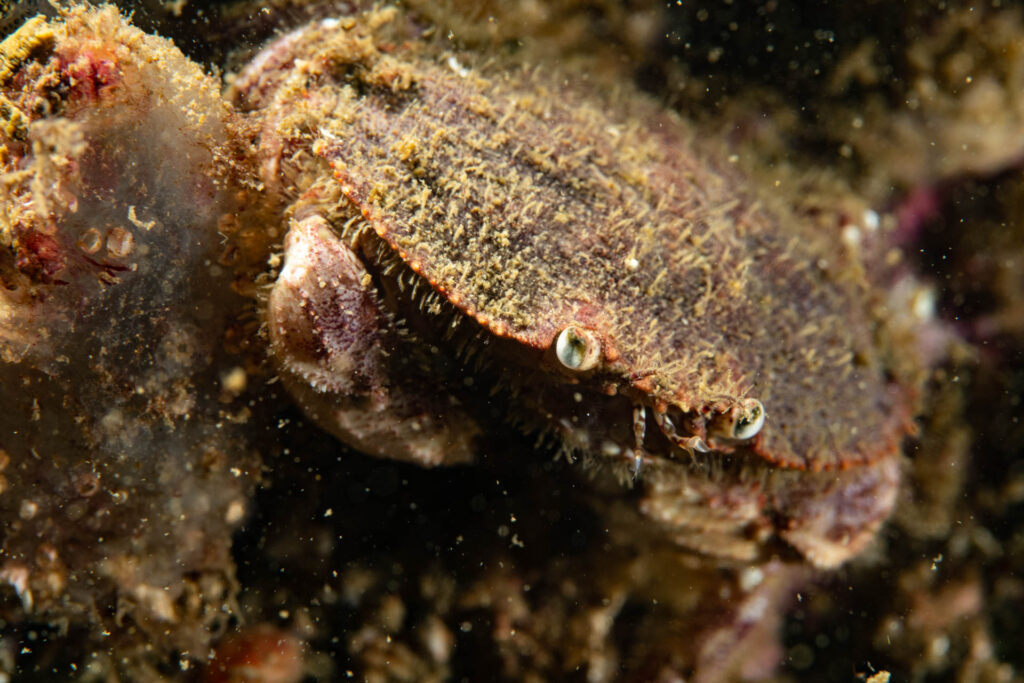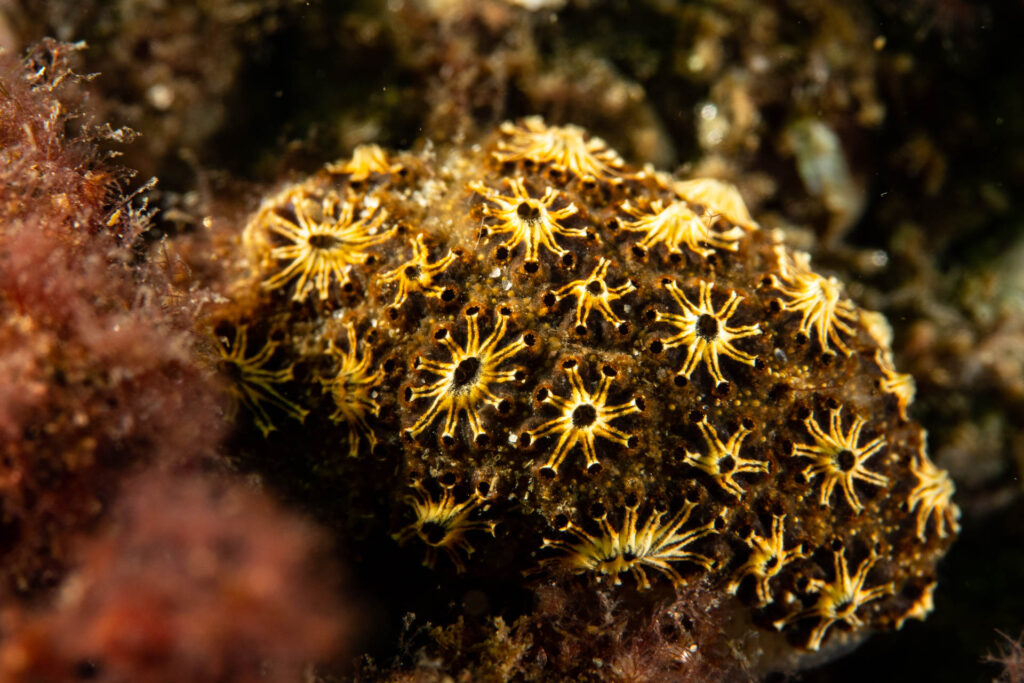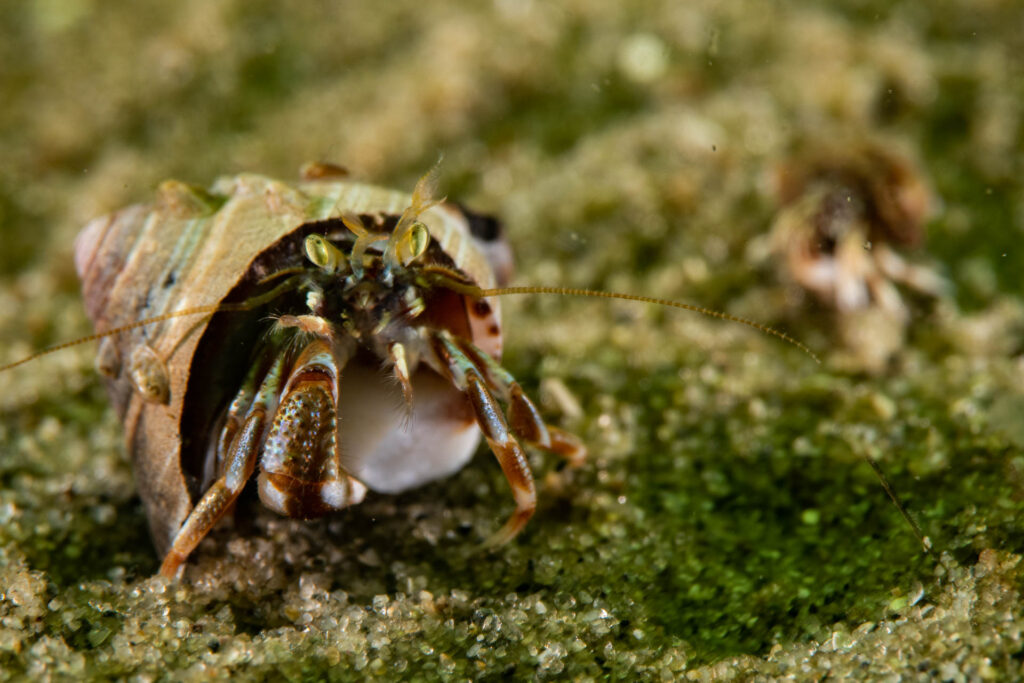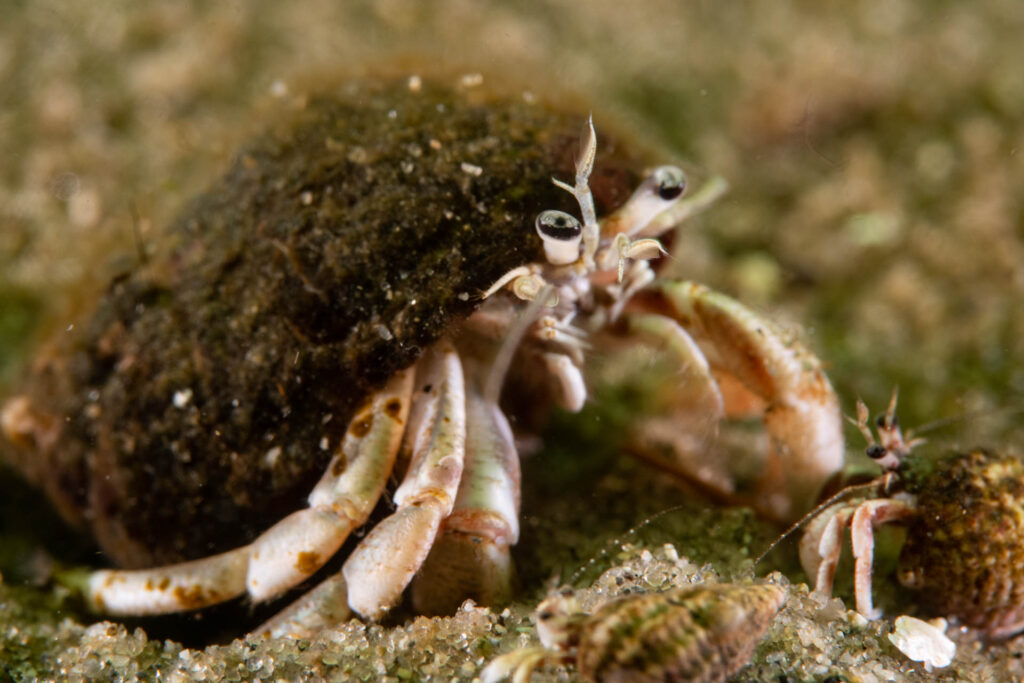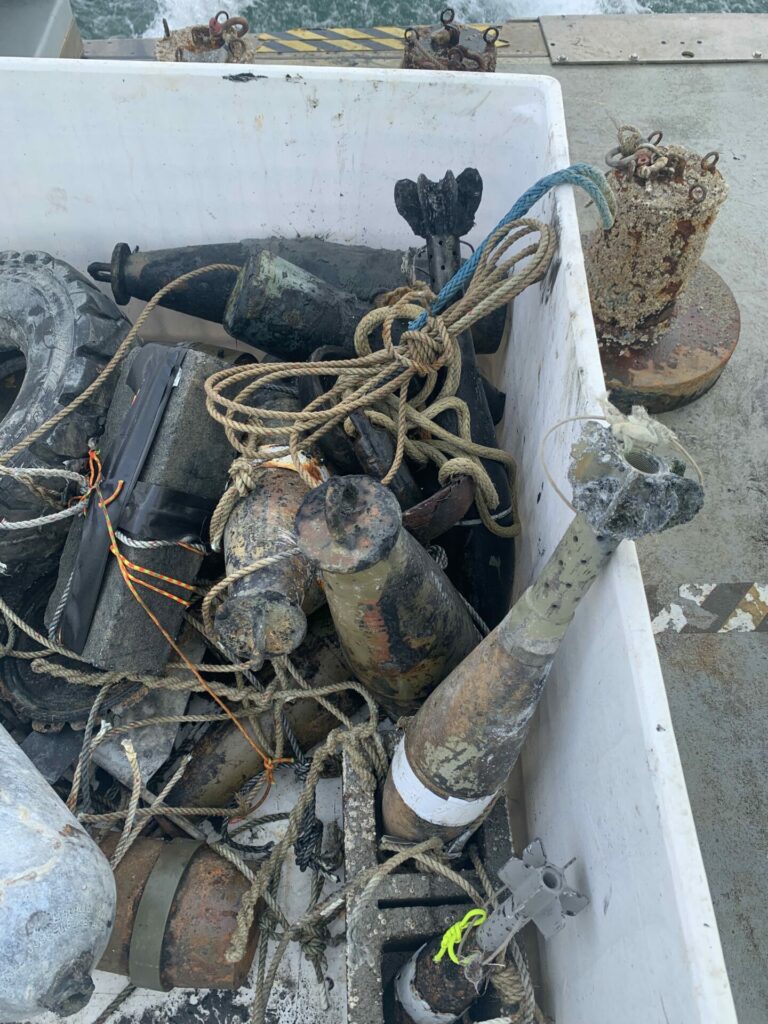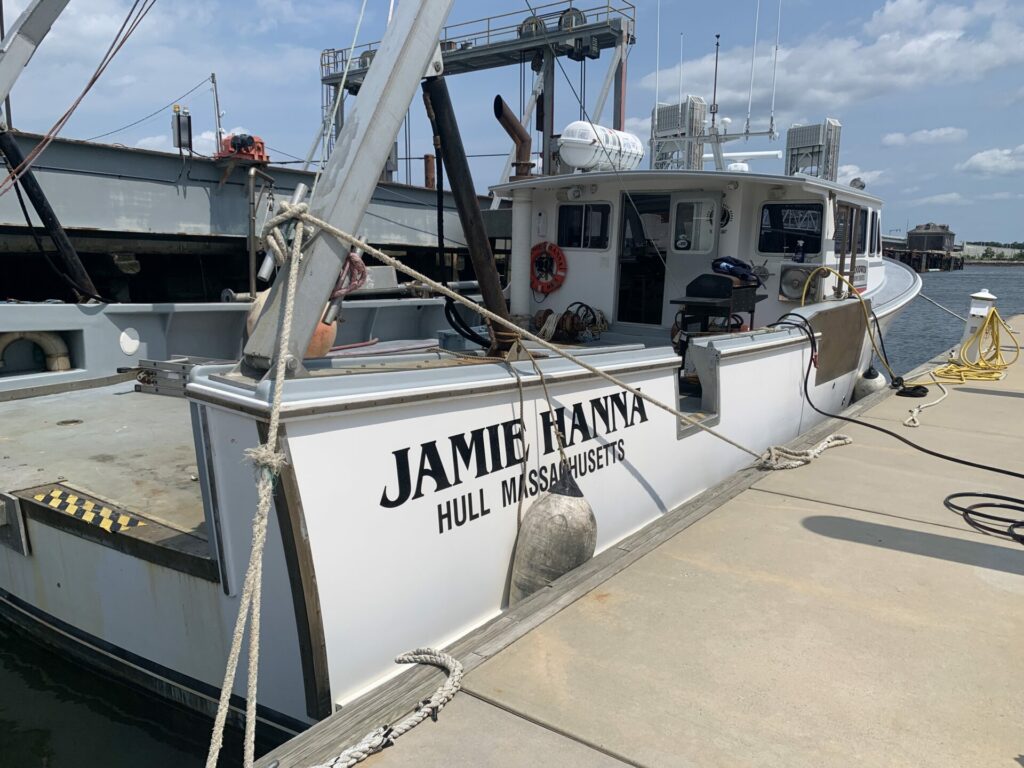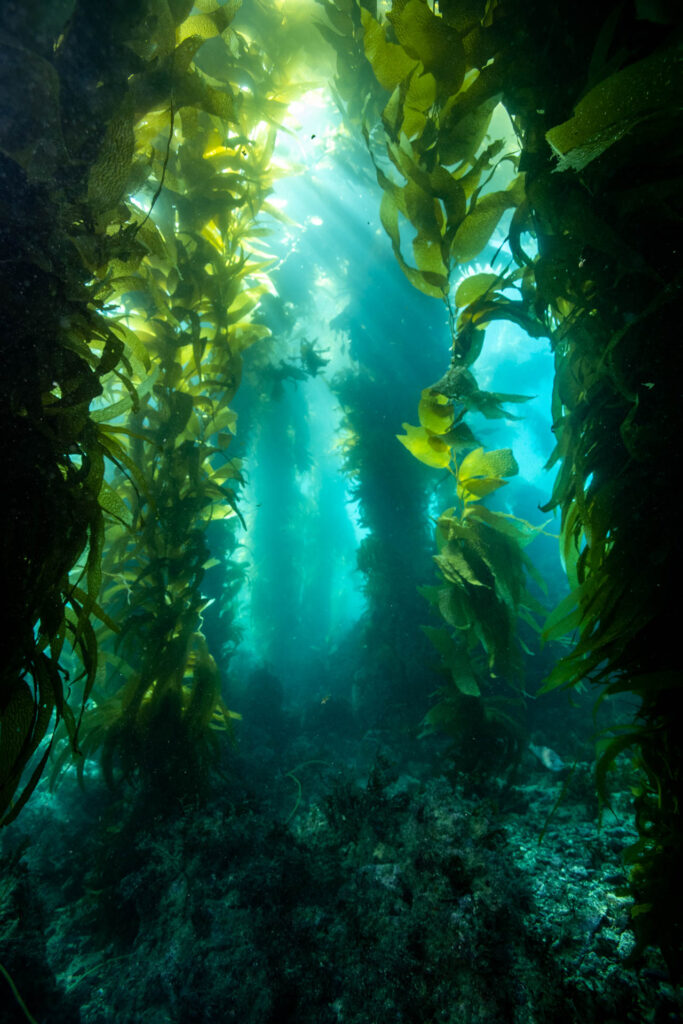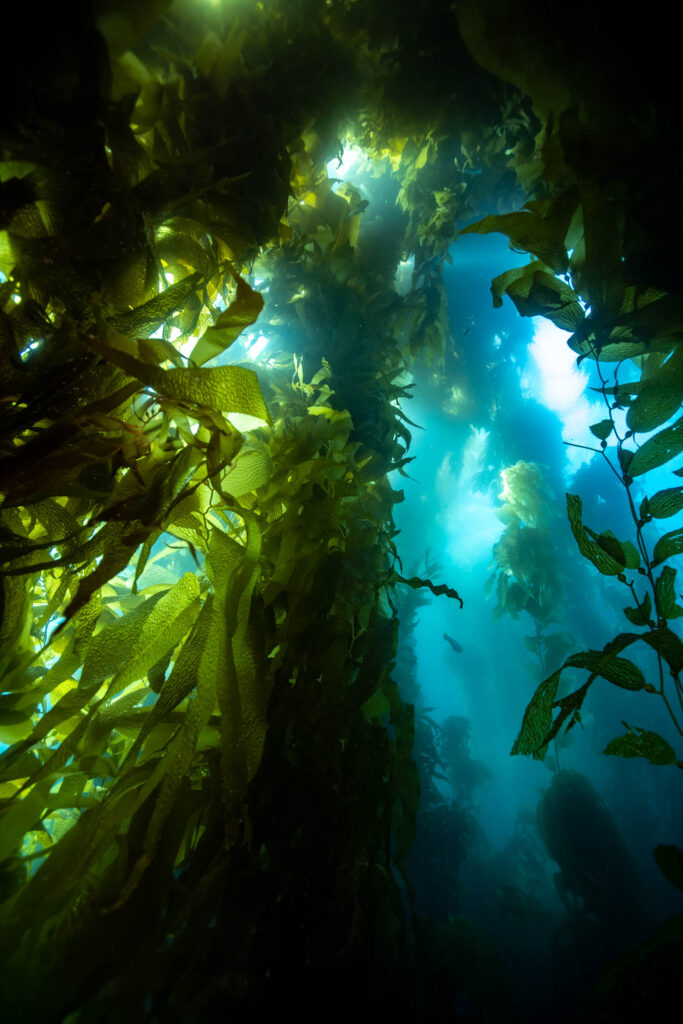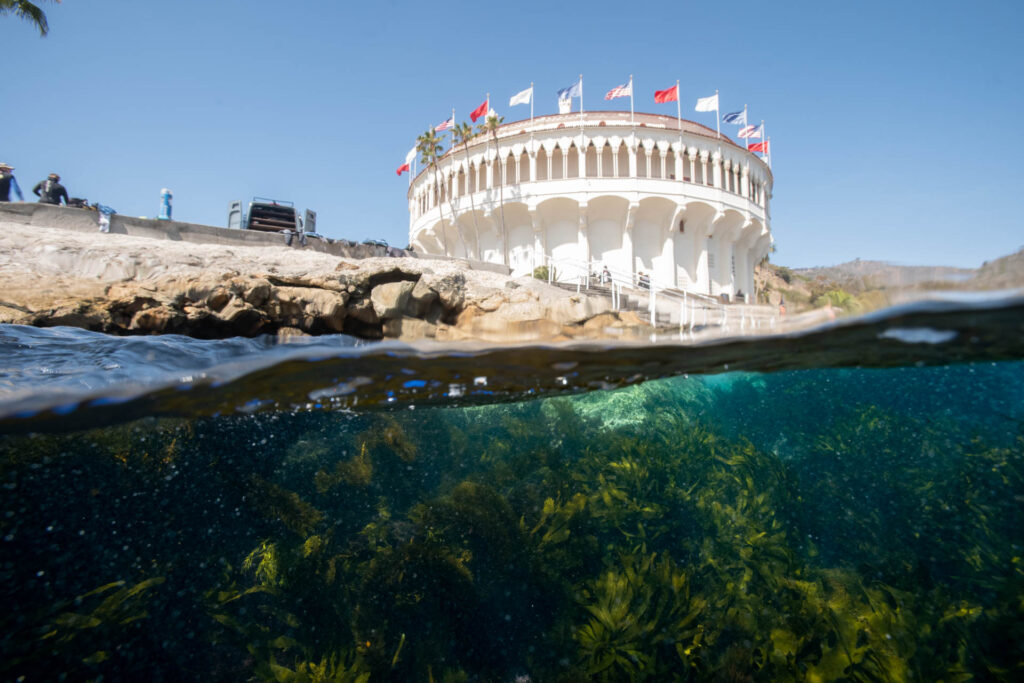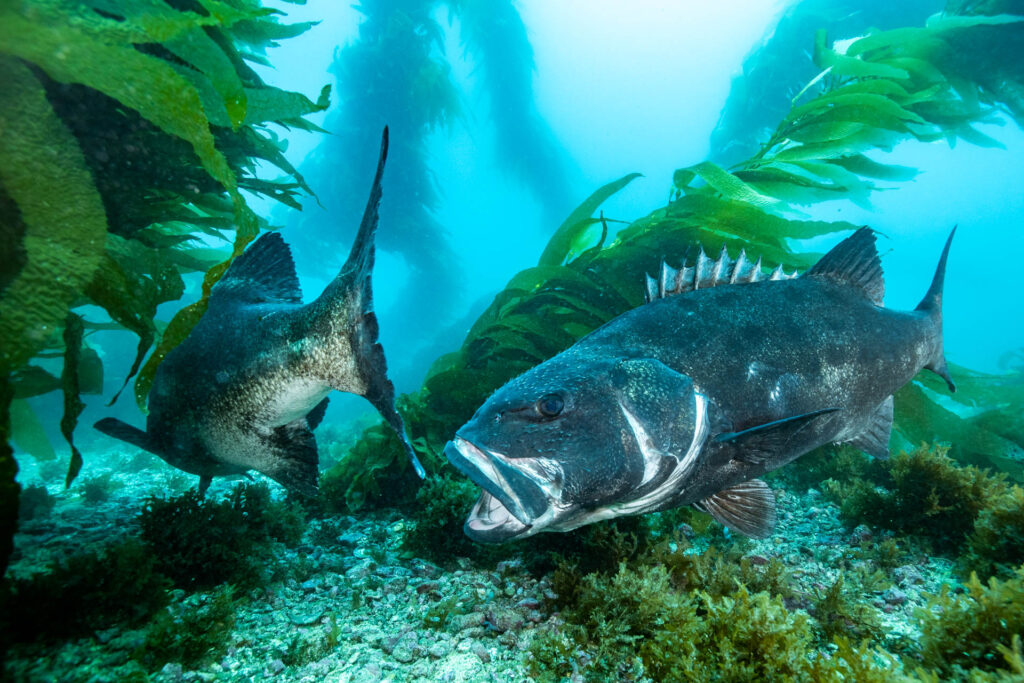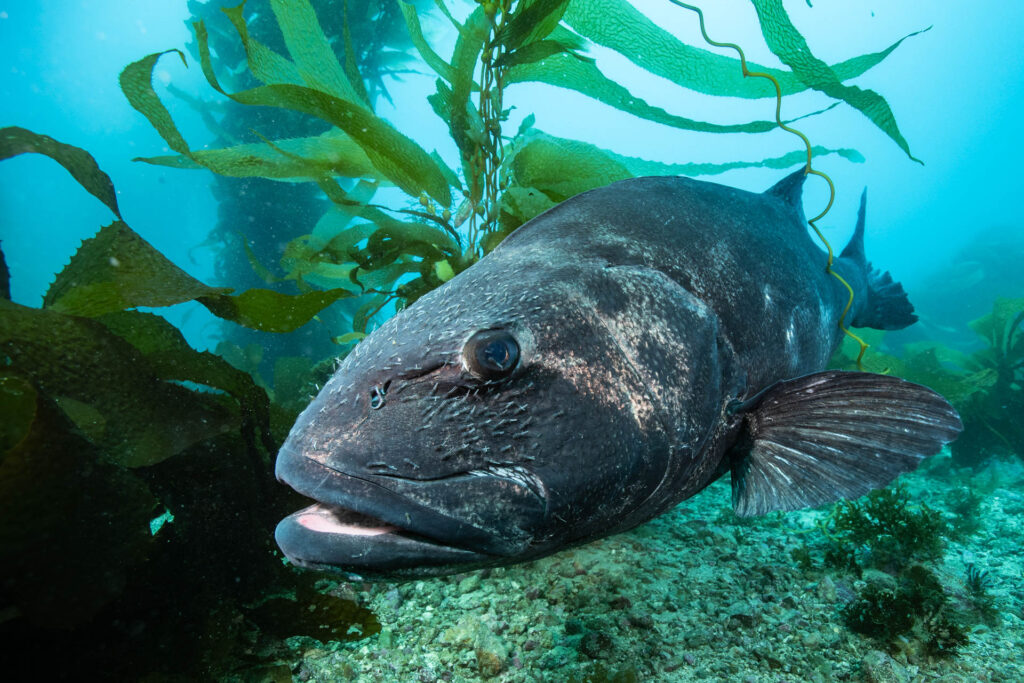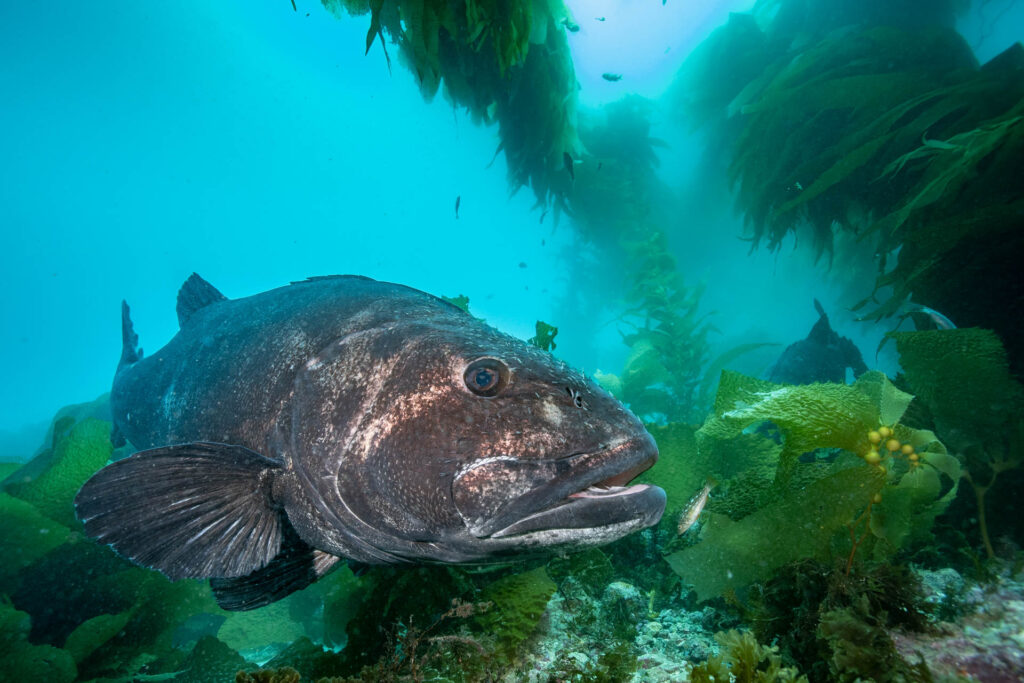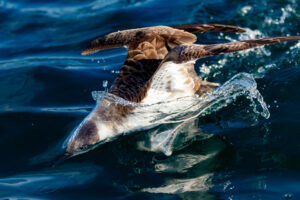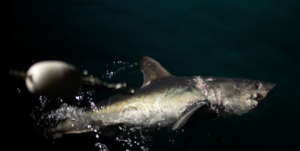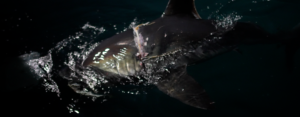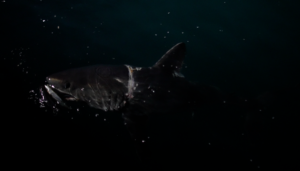On my second day of working at East Coast Divers, my main job was helping get the shop ready for the big tax-free weekend sale that East Coast was running on Saturday and Sunday. Every year East Coast holds a big party with food and drinks, which help entice customers to buy the newest gear. In preparation, the shop has to be looking perfect. After restocking shelves and cleaning the place spotless, Nick had me work on the displays. The dive shop has 3 BCs on rotating displays with regulators mounted on them. Nick had me change one of the BCs to a different model he wanted to advertise over the weekend. This was a much more involved process than I was anticipating, as I not only had to set up the new BC but take apart the old BC in order to get it off the stand. After I was done with the BCs, I moved on to regulators, switching out two of them for expensive titanium regulators, one of which had been subjected to extremely cold temperatures, leading to beautiful rainbow scoring all over the metal. This startling change elevated the price point to a whopping $2800. After I was done, I got to spend some time with Sea Rover Paul Leonard who helps run the management side of the store. Through him, it was eye opening to see the intricacies that go into running a bustling dive shop. Hopefully I can spend some more time at east coast divers soon!
Category: Uncategorized
Working at East Coast Divers: Day 1
This week I got the chance to spend a couple days helping Sea Rovers President Nick Fazah out in his dive shop, East Coast Divers. East Coast is located in Brookline, MA and helps support much of the diving community coming out of the greater Boston area. My day was filled helping Nick out around the shop and learning exactly what goes into running a successful dive operation.
When I first arrived, Nick had just received a shipment of 30 new backplate BCs to use as rentals. The BCs were wrapped up for travel and needed to be set up for diving, so I helped Nick set those up before the shop opened. After the shop opened, I helped East Coast employee Jenna clean up the outdoor rental space and unloaded the company van which was full of tanks and gear from the previous day. In the afternoon Nick taught me how to fill tanks, which was incredibly interesting, but also a little bit scary. I had never fully understood the intricacies of tank filling, but when the afternoon was over I felt well versed in ensuring the tanks were in good condition, and that they were filled in a safe manner.
Practicing my underwater photography at Old Garden Beach
Yesterday I got the chance to do some more underwater photography practice at Old Garden Beach in Rockport, MA. I brought my underwater camera with the macro lens on because the water quality in Massachusetts isn’t conducive to wide angles this time of year. We saw a lot of great macro subjects to practice on. The highlight was definitely the dozens of lobsters we saw on the dive, but it was also great to practice on little hermit crabs, small corals, and starfish. As I get more used to my underwater camera I’ve started getting better at controlling my flashes, but it’s definitely the hardest thing to get used to underwater.
Commercial Diving for the Navy
A few days ago I had the chance to Join Rick Simon once again on one of his commercial diving operations. He had been hired to help the United States Naval Research Lab with their operations (don’t worry this is all declassified information). The Navy is interested in being able to identify unexploded ordinances on the seafloor. These could be remnants of mines, unexploded shells that sank to the bottom, or other military debris that could be dangerous. To practice finding these ordinances, Rick helped them place down a number of objects on the ocean bottom connected by a long line. These ranged from deactivated howitzer and mortar shells, to scuba tanks and buckets. With the help of a UAV that explores the sea bottom for these objects, the Navy hopes to be able to find these and tell what’s dangerous and what isn’t.
The day I went out, our job was to pick these object up. They had been put out many months ago, and the Navy had already practiced finding them. To collect them, Rick went down and found the 500 pound block of concrete that was at one end of the line. He then followed the line down, marking how far into the mud all of the ordinances were, and noting their orientation, helping the Navy collect useful data to compare with what their UAV saw. Once he got to the end, he brought the line up to the surface. We then hauled all the objects up with the boat’s crane. It was extremely interesting to see how the commercial diving operation worked, and to see all the gear Rick and his dive buddy were using. Both of them had underwater scooters and pony bottles to allow them to work quickly and safely.
Diving in Catalina: Day 3
Our final day in Catalina we did two more dives. For the first dive, I again focused on my wide angle photography, trying my best to capture the depth of the towering kelp forest. At the end of my dive, I also got the chance to play around with over-unders, using the big dome port in front of my lens to capture the kelp forest below, and the island above. As you can see in the image, our dive site was right next to this gorgeous historic building.
For my second dive, I switched my lens and housing, changing to a 100mm macro lens for the first time. Luckily, we found some incredible macro subjects, principally an octopus that was hunting along the sea bottom. As it moved slowly through the kelp looking for prey I managed to take some pictures that I loved, capturing the octopus in its natural habitat.
Diving in Catalina: Day 2
My second day in Catalina was even more eventful than the first. We ended up doing 3 dives, with one of our main goals being to find the Giant Sea Bass that we knew were hanging around the area. Giant Sea Bass can grow to 500 pounds, and so provide a spectacular subject for wide angle photography among the kelp forest. On all 3 dives we managed to find them and capture stunning images along the way.

Diving in Catalina: Day 1
While on a family trip to Catalina Island, I got the great chance to do some diving using the amazing gear I was gifted by the Sea Rovers Donors. Catalina Island is known for its spectacular kelp forests and rich marine life close to shore, so I was excited to take my first crack at underwater photography in such a spectacular location. For my internship, Sea Rovers internship Sponsor Backscatter loaned me a SONY S1 mirrorless camera in a Nauticam housing.
On our first day we only did one dive, but I chose to take my wide angle lens into order to capture the rich beauty of the kelp forest. Even though it was my first dive ever with an underwater camera, I quickly got used to controlling the camera underwater and managed to get some great shots of the gorgeous kelp forest.
Special thanks to my other sponsor DUI for the amazing BC, and Henderson for the Greenprene wetsuit.
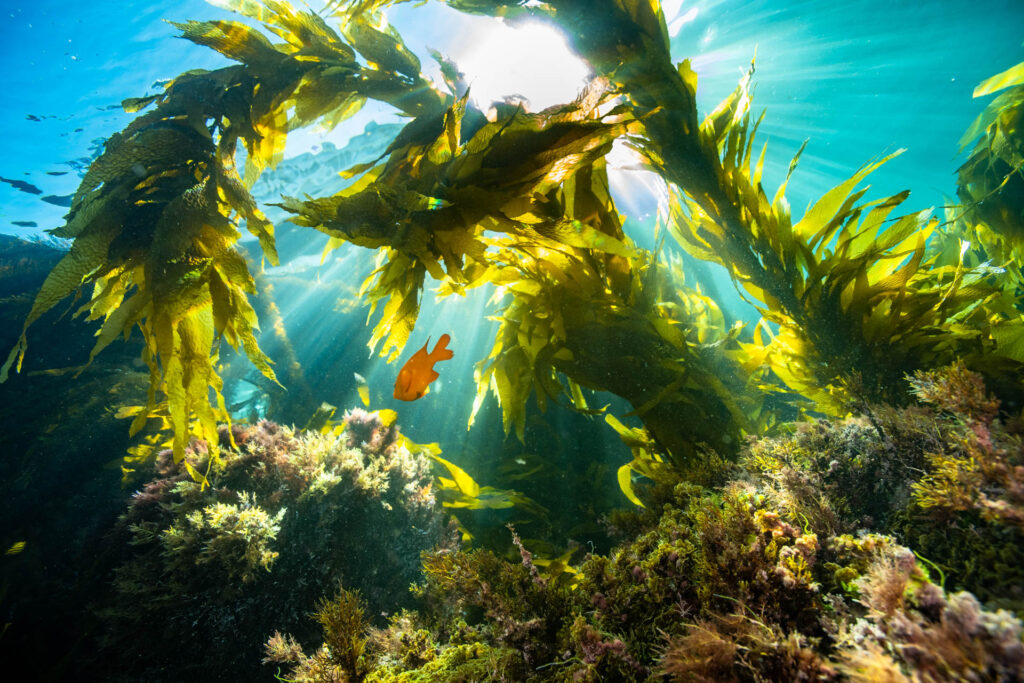
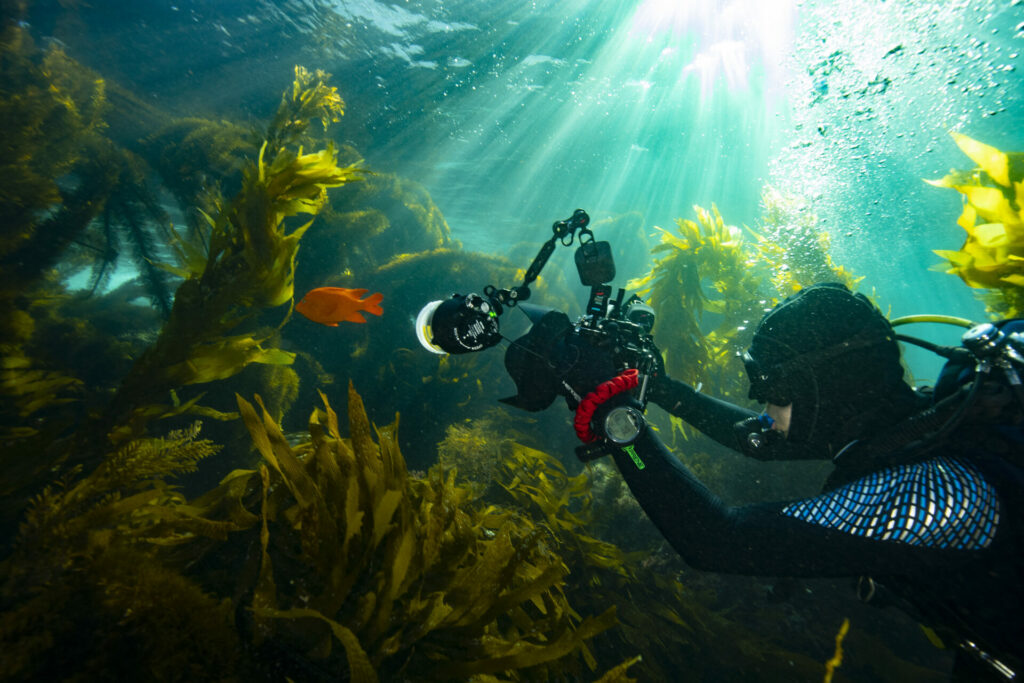
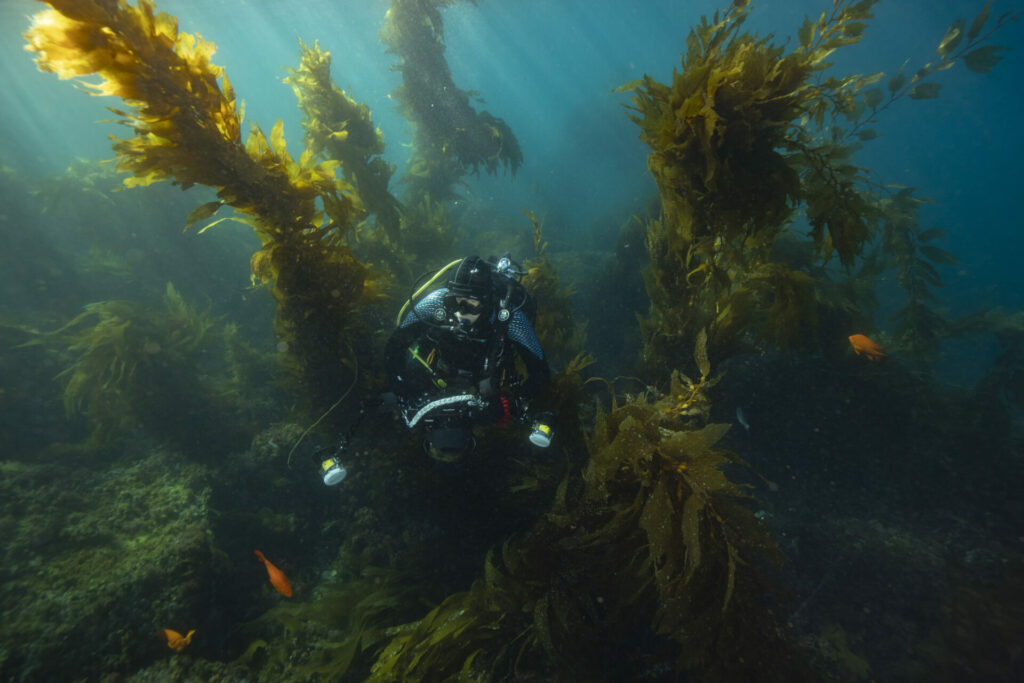
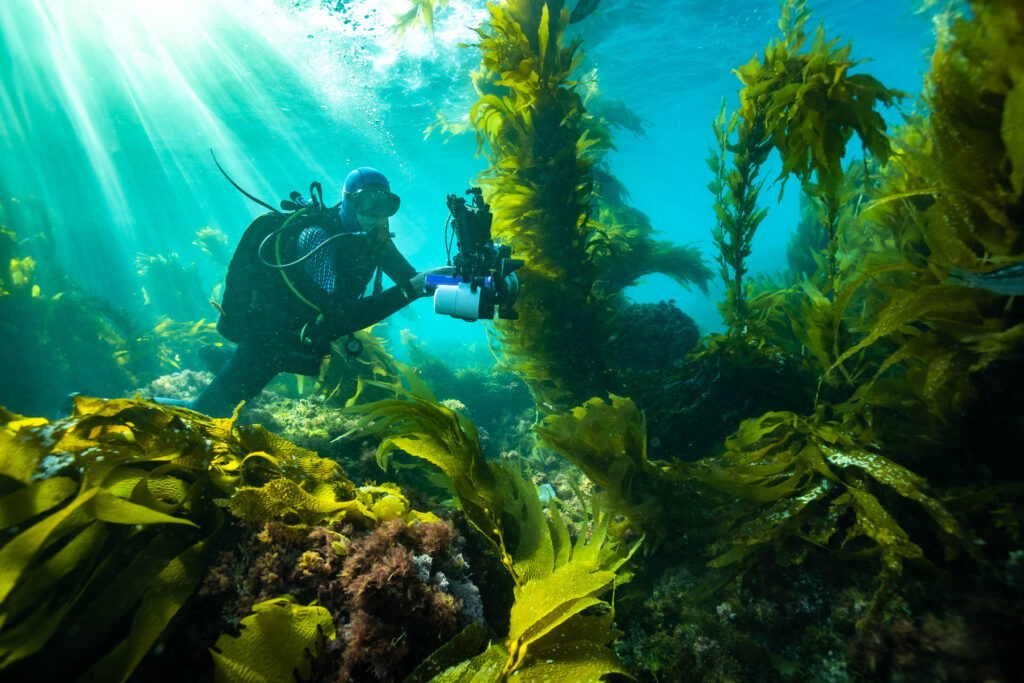
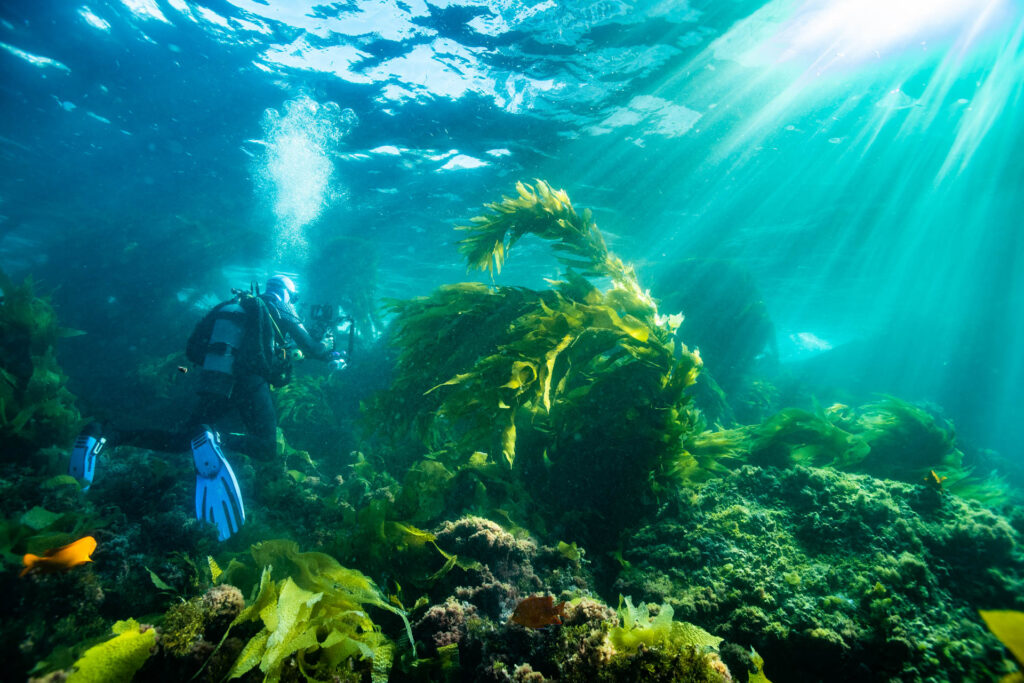
Filming Blues and Makos with Joe and Lauren Romeiro
Recently I had the great opportunity to go out with Joe and Lauren Romeiro for a second time. We headed out on their boat the Warfish with the goal of filming blue and mako sharks. This time we didn’t go so far, only a couple hours out to sea off the coast of Rhode Island. We started chumming for sharks in the late afternoon, and instantly had more luck than we did with the porbeagles. Starting in the late afternoon and continuing into the night, we had a continual presence of decent sized sharks. My job on the boat was to do the behind the scenes filming, shooting with a Sony A7S and RED Helium to capture what it’s like to film sharks in the middle of the ocean.
Once the sun set, a large 8 foot mako shark showed up alongside the boat, and we started to really get into the filming. Lauren took her turn first, laying with her underwater camera hanging off the side of the boat in the water and filming the shark as it swam by. After about half an hour of filming and a few close calls with the shark, Lauren was finished and I got to take my turn. Luckily, the big mako had already left and an 8 foot blue shark had taken its place. Blue sharks aren’t quite as fast as makos and are a lot less powerful, so I was happy to get my first chance at shark photography with the more manageable species. To photograph the shark, I copied Lauren, lying with my arms hanging down into the water, and holding an underwater camera fully submerged beneath the sea surface. The blue shark was sleek and beautiful, illuminated by flood lights pointing into the water off the side of the boat. As it came near, boat captain and shark wrangler Mitch threw a large piece of fish on a long line into the water. The shark spotted it and quickly chased it as Mitch drew it in, right towards my waiting camera. When the bait was a few feet in front of me, Mitch pulled the bait out of the water and the shark turned right in front of the camera as I panned to make sure the shark couldn’t get between the housing and the boat. I got soaked by the waves for the next 45 minutes and struggled to hold my heavy camera as the sharks darted towards me. After I was finished, my heart was racing for the next couple hours, the adrenaline rush of filming the massive sharks not wearing off until 3am.
The next morning, we tested Lauren’s new underwater camera technology that she had specially developed for her phd project. These underwater cameras, called BRUVS, can be dropped deep into the ocean. Equipped with a bait box, light, and a continually running GOPRO camera, they monitor what comes to check out the bait far underwater, that we may not see on the surface.
Benthic Surveys at Halfway Rock
A few days ago I had the great opportunity to go diving with Sea Rovers Ted Maney and Vin Malkoski. We headed out of the Cat Cove Marine Lab, with the goal of helping Ted with his benthic surveys at Halfway Rock. Halfway Rock is a small rocky outcropping a short boat trip out from Salem harbor, and home to an abundance of benthic invertebrates that have been monitored for over 40 years. Our short trip consisted of 3 dives, the first down to almost 100 feet, where we looked for temperature probes installed a few years prior. While on the bottom we were greeted by a friendly grey seal who had a pup on the surface, and was curious who was intruding on her watery domain.
Our next two dives we counted and measured urchins, using a quadrat to get accurate counts of the number of urchins per square meter. These data will hopefully provide key insights into the health of benthic environment allowing researchers like Ted better understand how the underwater world is constantly changing.
Searching for Porbeagles with Joe and Lauren Romeiro
Recently I had the amazing opportunity to join Joe and Lauren Romeiro on their boat the Warfish. They are both shark biologists and filmmakers, heavily involved in the filming and production of shark week in association with Discovery.
We set out in the early morning from Rhode Island, travelling far out to sea in the hopes of finding the elusive porbeagle shark. These sharks are quite rare and virtually unknown to the general public. Because of their shy nature it can also be extremely hard to find them alive. Few have actually seen them swimming at the surface.
After a long boat trip filled with seabirds, we finally arrived at the location where Joe thought we would have some luck finding porbeagles. Luckily, he was right. Within the first half an hour of chumming, a small porbeagle swam by, checked out the bait and moved on. Filled with hope, we kept chumming for hours but had little luck, moving locations every few hours in the hopes of finding a larger, more active shark. Finally, at 3AM a 6 foot porbeagle appeared on the surface. Smelling the bait from far below, the shark repeatedly made its way to the surface, chasing whatever bait we had out, and giving us some amazing views. Unfortunately, the shark had a box strap wrapped around its torso, showcasing the harsh impact humans are having on these sharks. After about an hour, we eventually had to turn back due to inclement weather, but it was amazing to see such a rare animal in the wild.
